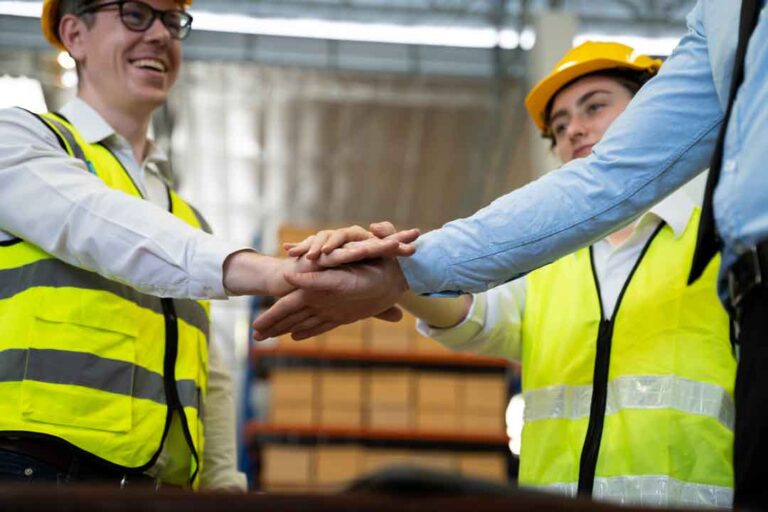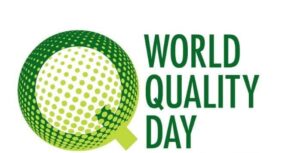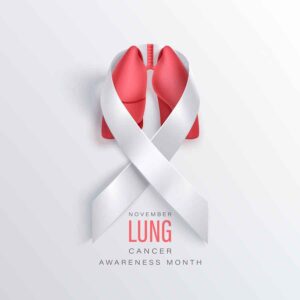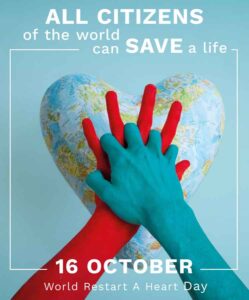Ensuring workplace health and safety is a priority across all sectors, but industries like construction, hospitality, and healthcare face heightened risks. These fields consistently report higher rates of injuries and accidents, making it crucial to implement effective health and safety measures. In Ireland and across Europe, strict regulations exist, but raising awareness and fostering a safety culture is key to minimizing risks.
Common Workplace Injuries
The types of injuries workers face can vary widely depending on the industry, but some are consistently reported across sectors:
-
Slips, Trips, and Falls
- Construction and Hospitality: These industries are particularly prone to slips and falls due to uneven surfaces, spills, or working at heights. According to the European Agency for Safety and Health at Work (EU-OSHA), slips, trips, and falls account for 15% of all workplace accidents in the EU.
- Healthcare: Healthcare professionals also face the risk of slips and falls, especially in fast-paced environments like hospitals.
-
Manual Handling Injuries
- Construction: Lifting heavy loads, using equipment, or working in awkward positions can result in back, shoulder, and neck injuries. Nearly 25% of injuries reported by Irish construction workers are due to manual handling.
- Hospitality: Wait staff, chefs, and hotel workers often deal with heavy lifting or repetitive tasks, leading to strains.
- Healthcare: Nurses and care workers face similar risks when moving patients or equipment.
To minimize manual handling injuries, proper training is essential. Compliplus offers a comprehensive online Manual Handling Training Course that equips employees with the knowledge to lift and move items safely, reducing the risk of injury. Whether you’re in construction, hospitality, or healthcare, this course is designed to meet industry-specific needs and keep your workforce protected.
-
Needlestick Injuries and Exposure to Harmful Substances
- Healthcare: Medical professionals are at constant risk of needlestick injuries, which can lead to exposure to bloodborne pathogens. Additionally, they face exposure to hazardous drugs, chemicals, and infectious diseases.
-
Falling Objects
- Construction: Workers on construction sites are often at risk from falling tools, materials, or debris. The EU reports that falling objects are a leading cause of serious injury and fatalities on construction sites.
-
Burns and Cuts
- Hospitality: Kitchen workers are frequently exposed to hot surfaces, boiling liquids, and sharp knives, which can result in burns or lacerations. In fact, the European Statistics on Accidents at Work (ESAW) shows that burns and cuts account for a significant portion of hospitality industry accidents.
-
Workplace Violence and Stress
- Healthcare and Hospitality: Employees in these sectors may experience stress or violence from clients, patients, or customers. In the EU, healthcare workers report higher rates of harassment and violence compared to other sectors, posing serious mental health risks.
Key Health and Safety Risks in High-Risk Industries
-
Lack of Training
- A lack of proper training is a common issue, particularly in industries with high staff turnover, like hospitality and healthcare. Workers who are not trained adequately are more likely to engage in unsafe practices.
-
Inadequate Safety Measures
- On construction sites, failing to use appropriate personal protective equipment (PPE) or neglecting safety protocols can lead to life-threatening accidents. Similarly, in the hospitality industry, improper handling of kitchen equipment or lack of safety procedures around hazardous cleaning chemicals increases risks.
-
Overwork and Fatigue
- Long hours, physical labor, and high-pressure environments can lead to fatigue, increasing the likelihood of accidents. The Irish Health and Safety Authority (HSA) highlights that fatigue is a contributing factor in many workplace accidents.
-
Exposure to Hazardous Substances
- Construction workers may be exposed to harmful chemicals like asbestos, while healthcare workers handle dangerous medications. The European Chemicals Agency (ECHA) warns that exposure to carcinogens and mutagens is still a major concern in these sectors.
The Cost of Workplace Injuries in Europe
The financial and human cost of workplace injuries is significant. In the EU, more than 3,000 fatal workplace accidentsoccur each year, and over 3.2 million non-fatal accidents lead to employees missing work for three days or more. According to the European Commission, workplace accidents and illnesses cost businesses billions of euros annually in lost productivity, medical expenses, and compensation claims.
In Ireland, the Health and Safety Authority (HSA) reported 9,335 non-fatal injuries in 2022, with sectors like construction, hospitality, and healthcare among the highest contributors. Additionally, HSA data shows that manual handling was the most common cause of injury, followed by slips, trips, and falls.
How to Minimize Workplace Risks
Reducing workplace injuries requires a proactive approach, including ongoing training, safety audits, and a commitment to fostering a safety-conscious culture.
-
Comprehensive Training Programs
- Workers should be properly trained in the use of PPE, machinery, and emergency procedures. Offering regular refresher courses, such as those provided by Compliplus, ensures that workers remain aware of the latest safety protocols. Find relevant course to your industry from the list of our courses and ensure safety at your workplace
-
Risk Assessments
- Conducting regular risk assessments helps identify potential hazards before they lead to accidents. In construction, this could include assessing scaffolding stability, while in healthcare, it could involve evaluating patient handling procedures.
-
Promoting Mental Health and Well-being
- Stress and fatigue are major contributors to workplace accidents. Employers should encourage regular breaks, provide mental health support, and avoid overloading staff.
-
Use of Technology
- New technologies, such as wearable devices that monitor worker fatigue or alert systems for hazardous materials, are being increasingly adopted in Europe to prevent accidents.
Conclusion
Health and safety at work is a fundamental responsibility for all employers, especially in high-risk industries like construction, hospitality, and healthcare. While regulations are in place to guide best practices, it’s up to each organization to cultivate a safety-first mindset.
At Compliplus, we offer tailored Health & Safety courses, including our highly recommended Online Manual Handling Training Course, designed to help your team stay safe and compliant. Let’s work together to protect the people who keep our industries moving.

